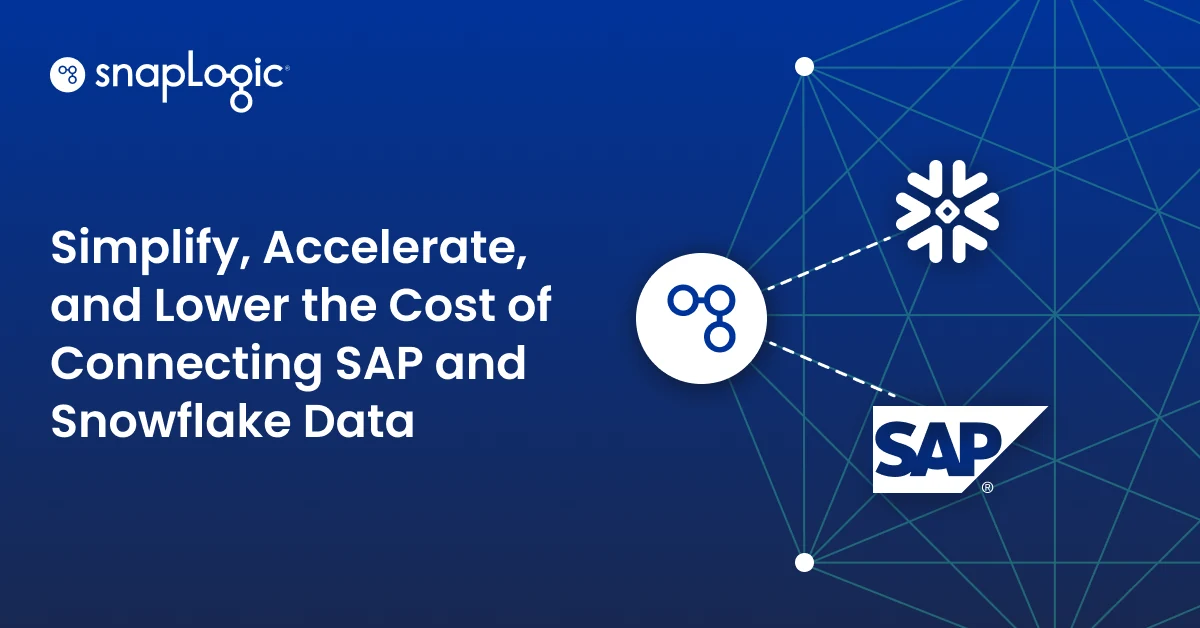A recent visit to my local bookstore sparked my curiosity into the book publishing business. Since the mid-2000s I have purchased physical books online and gotten books as birthday or holiday gifts. Even though I prefer reading and holding a physical book over using a digital reader, my online habits meant I no longer needed to go to multiple bookstores in search of what I wanted to read next.
But this visit to a brick-and-mortar bookstore – with its many books neatly placed row after row –rekindled that unmistakable feeling of starting a relationship with a book and reading the back cover, flipping through the chapters … before deciding to buy it.
As I left the bookstore, a few questions circled in my head:
- How do publishers decide on which titles to publish?
- How do publishers know how many books to publish?
- How do they predict which titles are likely to be best sellers?
- How do they decide which titles to publish in digital, hardcopy, audio, or all of these mediums?
- And how does the bookstore staff decide which books to stock or showcase on their displays?
On average, two million books are published worldwide each year and 300,000 of those are published in the United States. Yet, books have less than one percent chance of making it to retail bookstores. With tight and dwindling book sales, publishers are pressured to select the right titles with a higher probability of success, and hopefully becoming bestsellers.
Just how do publishers improve their rate of success with hundreds of thousands of title submissions each year?
Minimizing the unknowns with data
Like any other organization or industry, publishers must be strategic when planning ahead, and in this case, selecting titles. And data is the lowest common denominator that can help them make sound business decisions. However, there are many factors that publishers must consider when they start gathering and analyzing data. By identifying readership trends each year, publishers are better able to demystify the title selection process and other decision-making processes.
Below are some factors to consider for potential book title data analysis:
Historical trends – While historical trends are backwards-looking, they can help organizations see areas that have been successful and ones that need improvement. By understanding the organization’s past and current state, people can strategize a forward-looking plan. Which means that in the publishing industry, publishers must be able to identify which genres were most popular, which titles yielded the most book sales, and which ones resulted in a poor outcome.
Social trends – Whether organizations are B2B, B2C, or nonprofit, it is mission critical to tap into social channels to identify what topics their customers are engaging with the most. While readers may be interested in specific genres or topics, what plays out on social among their community is a key way for publishers to identify up and coming areas for new titles. Hence, publishers have better indicators to search for titles that fit their customers’ interests.
Market trends – The majority of consumer choices are determined by market trends that shape their environment. And market trends are highly correlated to social, financial, and/or political shifts. As a result, consumer behaviors and interests change over time. It is crucial for organizations to identify those changing market trends that could impact their business – directly or indirectly. In the case of publishers, they could make better predictions on which genres or topics would yield higher book sales based on social, financial, and/or political changes.
Yes, there are other factors that publishers need to consider when deciding on new titles. But they, like any company, large or small, require data to make sound decisions to innovate, grow the business, and better serve their customers. And then folks like me can spend more hours indulging in books at my local bookstore.
Learn how enterprises are using data to make better decisions to grow their business.










